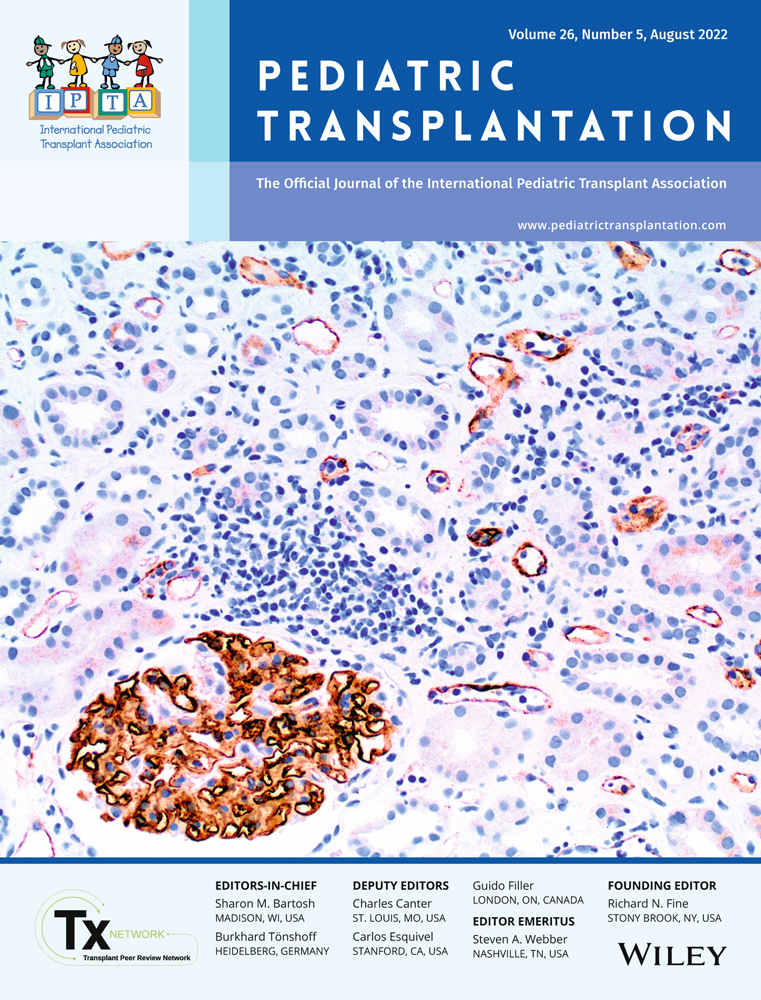Full left/full right liver graft ex situ split during hypothermic oxygenated perfusion
Funding information
No specific financial support was granted for this study.
Abstract
Background
Ex vivo split liver transplantation in pediatric recipients has shown inferior results compared with whole grafts. One factor among others contributing to split grafts being considered as marginal is the prolonged static cold storage time related to ex vivo liver splitting. End ischemic hypothermic oxygenated perfusion is a validated strategy to improve outcomes of marginal whole grafts and may thus also benefit split liver grafts.
Method
We present the first case of full left/full right split procedure performed during hypothermic oxygenated perfusion.
Results
We present a standardized surgical two-step approach where parenchymal transection was performed during end ischemic hypothermic oxygenated perfusion via the portal vein to shorten static cold storage duration. Both split grafts were successfully transplanted in a 4-year-old pediatric and a 38-year-old adult recipient. Despite high-risk procedure (retransplantation), extended donor criteria including a prolonged cardiac arrest and high donor risk index (2,25), both grafts showed early recovery of hepatic function and low serum transaminase release. At 6 months, both recipients were alive with a normal liver biology and a functioning graft.
Conclusion
Although challenging, full left/full right liver split procedure during end ischemic hypothermic oxygenated perfusion can be successfully performed and is a promising strategy to improve post-transplant outcomes.
CONFLICT OF INTEREST
The authors declare no conflict of interest.
Open Research
DATA AVAILABILITY STATEMENT
The data that support the findings of this study are available on request from the corresponding author. Restrictions may apply.




